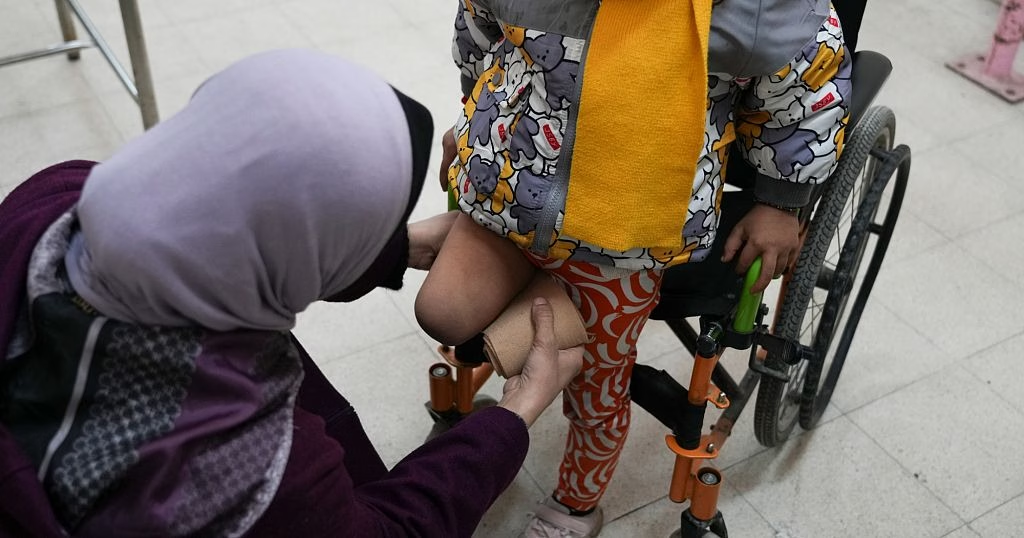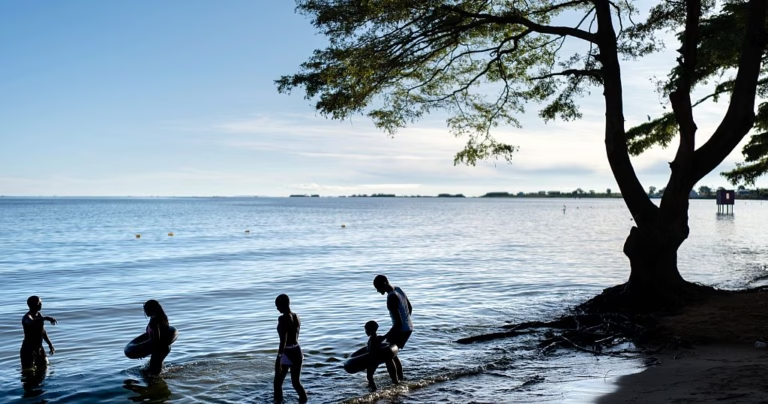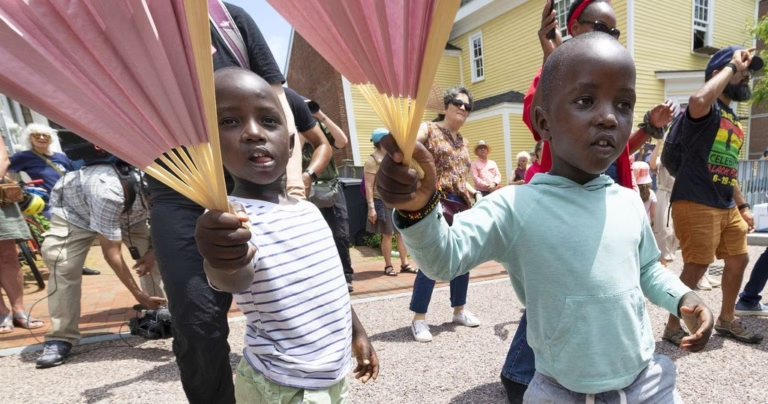
<
div>
Sila Abu Aqlan, a five-year-old, concentrated intently as she practiced walking for the first time on a prosthetic leg at a clinic in Gaza City. Her new leg’s foot featured a little pink sneaker with a lacy frill, matching her pink hoodie.
The 15-month mark had passed since Sila’s leg was amputated due to severe burns from an Israeli airstrike, and she was finally being fitted with a prosthetic.
One of the most shocking effects of the conflict in Gaza has been the large number of children with amputations due to Israeli bombings. The U.N.’s Office for the Coordination of Humanitarian Affairs (OCHA) called this “the largest cohort of child amputees in modern history.”
During the 17-month war, services and supplies for amputations among children and adults fell alarmingly short of demand. A ceasefire in mid-January allowed aid agencies to provide a limited number of prosthetic limbs, wheelchairs, and other devices, covering only about 20%, according to Loay Abu Saif, head of a disability program run by Medical Aid for Palestine (MAP).
When Israel halted the entry of medical supplies, including food, fuel, and other essentials on March 2, the modest improvements reversed. Even more amputations resulted from Israel’s renewed military operations.
Children face mental health challenges as aid is limited
With assistance scarce, children must navigate not only physical pain but also the psychological trauma of limb loss and other related suffering.
Sila’s mother, father, and sisters were all lost in an airstrike on her home, and she herself sustained severe burns to her right leg. Doctors amputated her leg above the knee after a month of ineffective treatment.
“I do my best to make her happy,” said Sila’s aunt Yasmine al-Ghofary. “But the truth is, there’s only so much she can be happy about. She can’t help but feel the pain of amputation.”
Sila longingly observes other girls, trying to keep up with a walker but falls frequently. “She asks, ‘Why am I like this? Why am I not like the others?’ al-Ghofary laments.
In October, 11-year-old Reem was caught in an airstrike while her family was fleeing, losing her hand as a result.
Reem’s daily life has become a struggle; she is dependent on others for tasks like dressing, brushing her hair, and tying her shoes. Frustration and isolation grip her as she avoids interaction, even expressing a desire to die to her father at one point.
A substantial number of children are in dire need of aid
As of November 2024, estimated amputation rates among children in Gaza range between 3,000 and 4,000. Up to 17,500 adults and children require rehabilitation and Nepal due to severe limb injuries, as the World Health Organization assessed in September.
Throughout the war, medical facilities lacked essential medicines that would have prevented many amputations, leading doctors to conduct operations due to treatable infections.
Israel’s military actions in Gaza have consistently targeted homes and shelters, resulting in significant casualties among the civilian population.
By Monday, Gaza’s Health Ministry reported that over 15,000 children aged 17 and under had been killed in Israel’s military campaign, including almost 5,000 who were younger than six.
Israel’s campaign has been expansive, affecting more than 90% of the 2.3 million inhabitants of Gaza, with nearly 113,000 injured and widespread destruction across the territory.
Israel’s justification for the campaign is rooted in the October 7, 2023, attack by Hamas against southern Israel, leading to significant civilian casualties.
The living conditions exacerbate the children’s ordeal
Thirteen-year-old Moath Abdelaal had his leg amputated after an Israeli airstrike in Rafah. The family was displaced to a tent camp, offering little comfort or stability to Moath, who faces increasing psychological difficulties and experiences insufficient rest.
Moath’s father, Hussein Abdullah, expressed deep concern over the boy’s condition and his inability to fully adapt to his new circumstances, noting their lack of a home and Moath’s friendship losses.
There is some support from aid agencies
Sila is receiving treatment at the Artificial Limbs and Polio Center in Gaza City, a program initiated by the International Committee of the Red Cross, which has provided rehabilitation services, wheelchairs, and prosthetics to hundreds of amputees and individuals with paralysis.
Despite an urgent need for wheelchairs, with daily requests in the north of Gaza alone, supplies are significantly limited, according to Mahmoud Shalabi from MAP.
Jamal al-Rozzi, the executive director of the National Rehabilitation Society in the Gaza Strip, highlighted that essential materials for creating prosthetics are blocked by Israel under the pretext that they could have military applications.
Israel’s COGAT denies any restrictions on medical supplies in Gaza, including wheelchairs, prosthetics, and crutches.
A possibility of treatment overseas
A small number of child amputees have been evacuated from Gaza for medical care abroad; however, the pace of medical evacuations remains slow, with approximately 13,000 patients waiting. These figures have decreased further following last week’s Israeli strikes.
Asmaa al-Nashash hopes her son, Abdulrahman, may go overseas to receive a prosthetic leg.
Abdülrahman lost a leg during an airstrike while selling goods at a United Nations school shelter. He often sits alone, unable to play football with his peers who sometimes bully him, calling him the “one-legged boy.”
“My heart is torn when I see him like this, powerless to help him,” Asmaa al-Nashash said.






